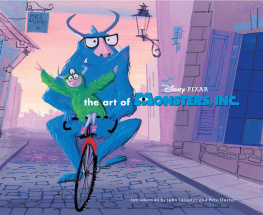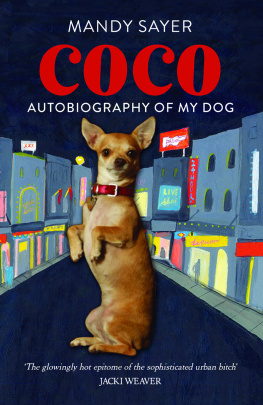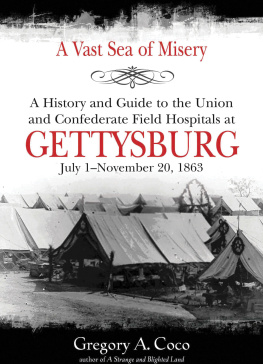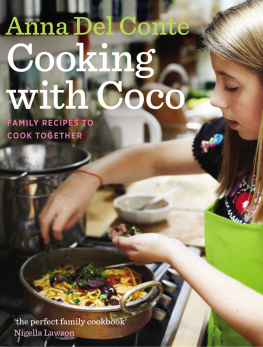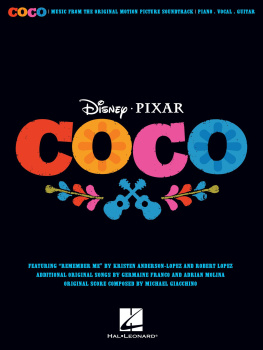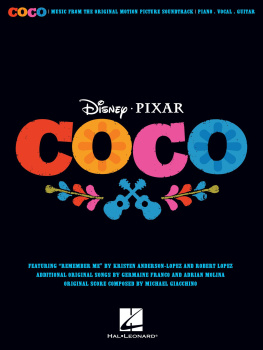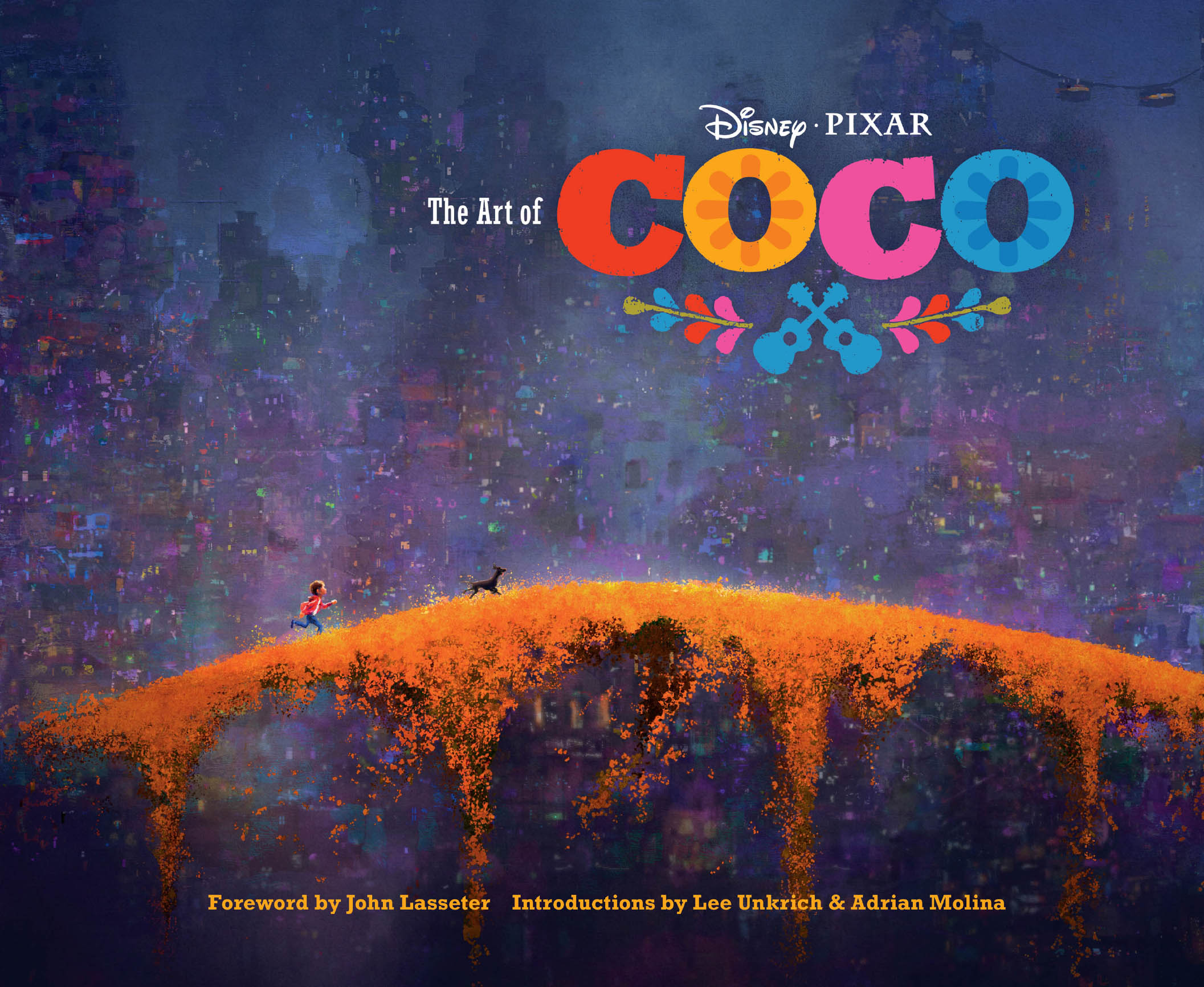

Sharon Calahan Digital
: Ernesto Nemesio, Layout by Robert Kondo, Digital
Copyright 2017 by Disney Enterprises, Inc. and Pixar Animation Studios. All rights reserved. No part of this book may be reproduced in any form without written permission from the publisher.
Library of Congress Cataloging-in-Publication Data
Names: Lasseter, John, author of foreword. | Unkrich, Lee, author of introduction. | Molina, Adrian, author of introduction. | Pixar (Firm)
Title: The art of Coco / Disney Pixar ; foreword by John Lasseter ; introductions by Lee Unkrich & Adrian Molina.
Description: San Francisco, California : Chronicle Books, 2017.
Identifiers: LCCN 2017016272 | ISBN 9781452156439 (hc) | ISBN: 9781452164069 (epub, mobi)
Subjects: LCSH: Coco (Motion pictures) | Animated films--United States.
Classification: LCC NC1766.U53 C633 | DDC 791.43/72--dc23 LC record available at https://lccn.loc.gov/2017016272
Designed by Jessi Rymill
Chronicle Books LLC
680 Second Street
San Francisco, California 94107
www.chroniclebooks.com

Travis Ruiz Digital
FOREWORD
John Lasseter, Chief Creative Officer
When Lee Unkrich first pitched the idea for the film that would become Coco, I was immediately excited by the possibilities of doing an animated film centered on the vibrant celebration of Da de los Muertos.
Many cultures around the world have special occasions when families honor the memory of relatives who have passed away. Holidays of remembrance are often somber and quiet in tone, but on Da de los Muertos, which is observed in Mexico and in many other countries, those who have passed away are remembered with exuberance and happiness. It is a tradition filled with color, art, music, food, and memories.
Lee, Cocos producer Darla Anderson, and their fantastic team of filmmakers, led by co-director and writer Adrian Molina and production designer Harley Jessup, made multiple trips to Mexico to witness how the traditions of Da de los Muertos are observed and passed on. They visited big cities and tiny villages, experienced parades in the streets and candlelit vigils in the cemeteries. They were invited to stay with families and share in their celebrations. The world of this filmboth Miguels village of Santa Cecilia and the spectacular Land of the Deadis filled with the details and emotions of those visits. It was incredibly important to the Coco team to create an environment and a story that was not only vivid and beautiful, but also respectful of and true to the traditions of the people and the holiday.
In the course of this journey Ive grown to appreciate the meaning of these traditions on a personal level. In the past few years I have lost both my mother and fathermy brother passed away almost twenty years agoand my wife Nancy lost her father recently as well. As I learned more and more about Da de los Muertos through the making of Coco, I was inspired by this practice of active and joyful remembrance. In our home last November, Nancy and I put up pictures of our loved ones and set out offerings of the favorite food and drinks for each person. It got us remembering them in a really wonderful way, telling stories and laughing as we shared memories we hadnt thought about in years. It was such a moving experience that we resolved to do it every year, to help connect our children and eventually our grandchildren with the ancestors who have helped make them who they are.
A story rooted in Mexican tradition, Coco, with its themes of music, family, and the power of remembrance, was made to resonate with the world. We hope it can inspire families all over the world to take a moment to remember their ancestors with joy and gratitude.

Zaruhi Galstyan Digital
INTRODUCTION
Lee Unkrich, Director
Im convinced that the most powerful stories must come from someplace personal. The more universal the idea, the more likely it will resonate with people around the world.
And what is more universal than family?
For better or worse, we all come from familiessome big, some small. And those families all stretch back in time for countless generations. Despite that, we typically only get to know a handful of our family members, and were lucky if we get to hear stories about a handful more who lived their lives before we were born. But what of the people in our families who lived long ago, whose stories are no longer told? As time marches forward, our distant ancestors memories threaten to evaporate into the ether.
Mexico is one of many cultures in the world that ritualize the remembrance of loved ones who have passed on. But their annual celebration of Da de los Muertos is unique in its joyful celebration filled with color, music, festivities, and life. Most people are aware of the iconography of Da de los Muertos: the colorful sugar skulls, the Victorian skeletons, and the beautifully intricate face paint. But most folks outside the Mexican culture are not aware that the core of the celebration, its very reason for being, is to actively remember those who came before us. Its imperative to pass along their stories in order to keep their memories alive.
It was this notion that made me realize the potential for telling an emotionally resonant story set against Da de los Muertos, and Coco is the end result of the multi year journey I went on with my phenomenal crew.
The artwork youll see in this book was directly inspired by the many research trips we went on throughout Mexico. Its also the result of the fertile imagination and dizzying skill of a small and very talented team of artists and designers who passionately brought the world and characters of Coco to life.
Coco would not exist without the beauty and inspiration of Mexico and its culture, as well as the many families who opened up their homes and lives to us. Were forever grateful to them.
We all stand on the shoulders of those who came before us. I hope Coco inspires people around the world to joyfully celebrate their memories and to share their stories with the next generation.
INTRODUCTION
Adrian Molina, Co-Director, Screenwriter
Coco became a part of my life back in 2013, when I first heard Lee give his pitch for a Pixar film about a young kid from a Mexican family whoin pursuit of an artistic dreamtakes a life-changing journey on Da de los Muertos.
As for this young kid from a Mexican family, who grew up enamored of Disney films from the moment he could sit up, this film has been my life-changing journey.
Ive always loved animation for its ability to make real the things you can only imagine: sparkling worlds, impossible characters, magic. And Miguels story calls for so much imaginative imagery. How do you design a land of skeletons? What does it look like to visualize a familys blessing? How do you show a death beyond death? These are the challenges the artists at Pixar thrive on, and they attacked each one with imagination and passion.
Next page

